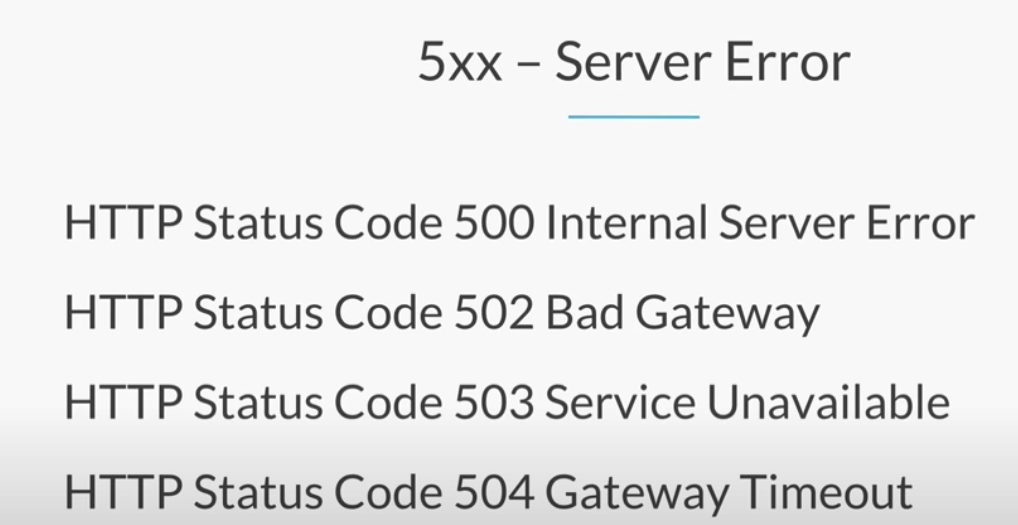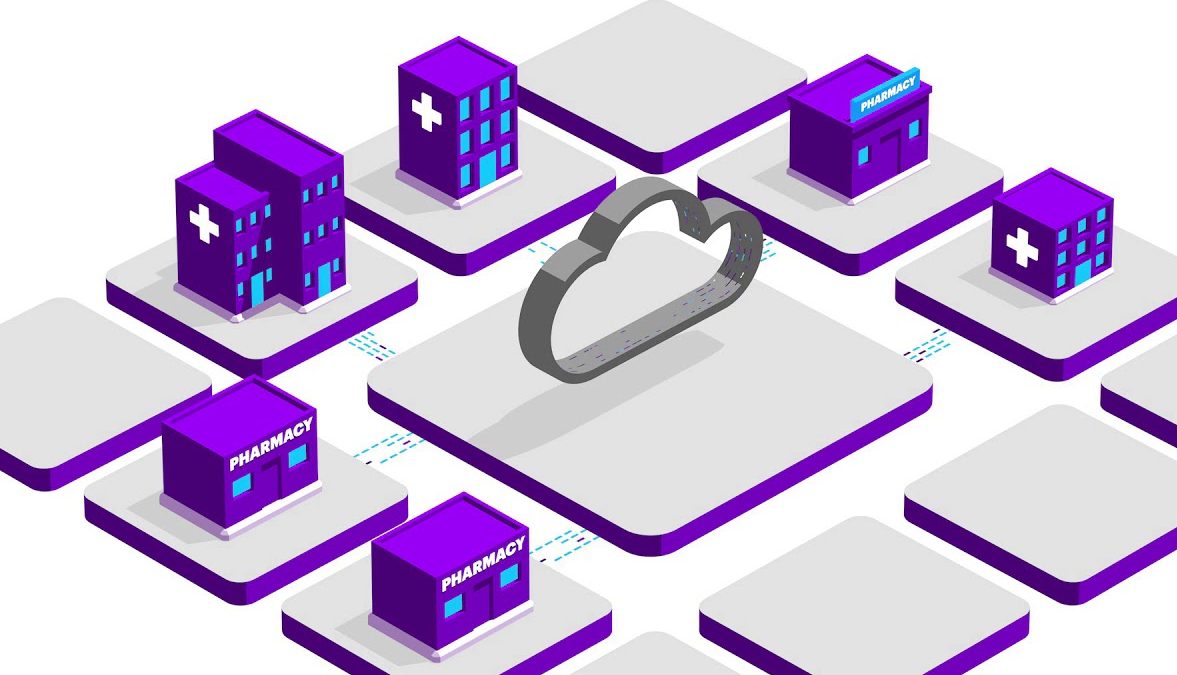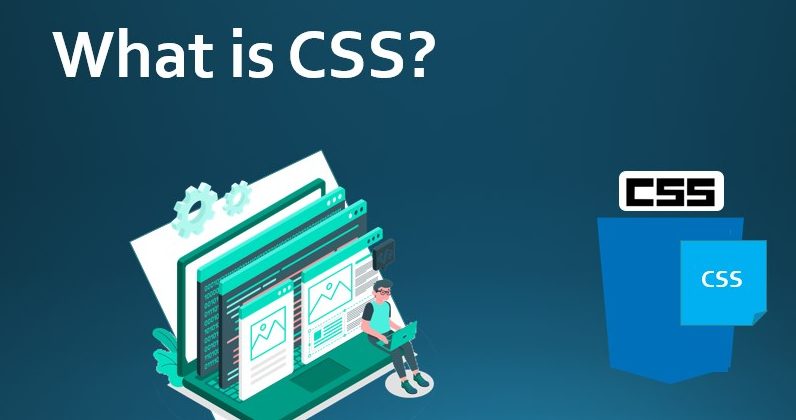When you visit a website, your browser establishes connections to the web server through a network protocol called HTTP. These connections transmit data from the server to the web browser, including protocol control information, as well as the content of web pages.
However, on some occasions, you may not access the website normally and instead encounter an error or status code.
Status codes indicate the result of the HTTP server’s response data request, which are 3-digit numbers divided into the following categories:
100 – 199: informational status;
200 – 299: success status;
300 – 399: redirect status;
400 – 499: client error;
500 – 599: Server error.It is worth mentioning that most error codes cannot be viewed on the Internet. Error codes are displayed on the web page and are the result of failed requests.
Error code 200 OK
The HTTP 200 OK code is received when the web server successfully processes the request and passes the content to the browser without any issues.
Users will rarely find this code on the screen, as the codes are displayed when a certain problem is found.
HTTP error code 500 Internal server error
This error code appears when the web server received a valid request from a client but it could not be processed.
Additionally, HTTP 500 errors are triggered when the server encounters technical problems, such as low disk space or low memory volume.
Error Code 502 Bad Gateway
The 502 Bad Gateway HTTP status code indicates that the web server you are requesting is acting as a proxy to transmit information from another server and you receive an invalid response from the other server.
Most of the time, this error is triggered when there are communication problems between the home server and the proxy server.
Error code 503 Service not available
The HTTP 503 Service Unavailable error occurs when the web server does not process the request received from the client.
Some web servers may display the HTTP 503 error when the maximum limit imposed on the number of concurrent processes is exceeded or excessive CPU usage is exceeded.
HTTP error code 301 moved permanently
The HTTP 301 Permanently Moved error shows that the URL the visitor accessed has been moved to another location, using a process called HTTP redirection.
This operation allows the visitor to make a new request to retrieve the content from the new location.
Today, all web browsers automatically follow HTTP 301 redirects, without the need for visitor intervention.
Error code 400 Bad request
The 400 Bad Request type of error is usually a technical problem. In this context, the web server cannot successfully retrieve the request due to invalid syntax.
Error code 401 Unauthorized
This error code is triggered when the visitor requests a resource that is protected by the web server and has not been authenticated to access it.
In such situations, the client will first need to connect to the server with the help of a username and password.
HTTP error code 404 not found
The HTTP 404 Not Found error indicates that the web server could not find the requested page or file.
This type of error most often occurs when the website administrator deletes a file without redirecting the address to a new location or when visitors enter a wrong URL link in the browser.
In this case, users need to check if the URL is correct or wait for the server administrators to fix the redirection problem.



